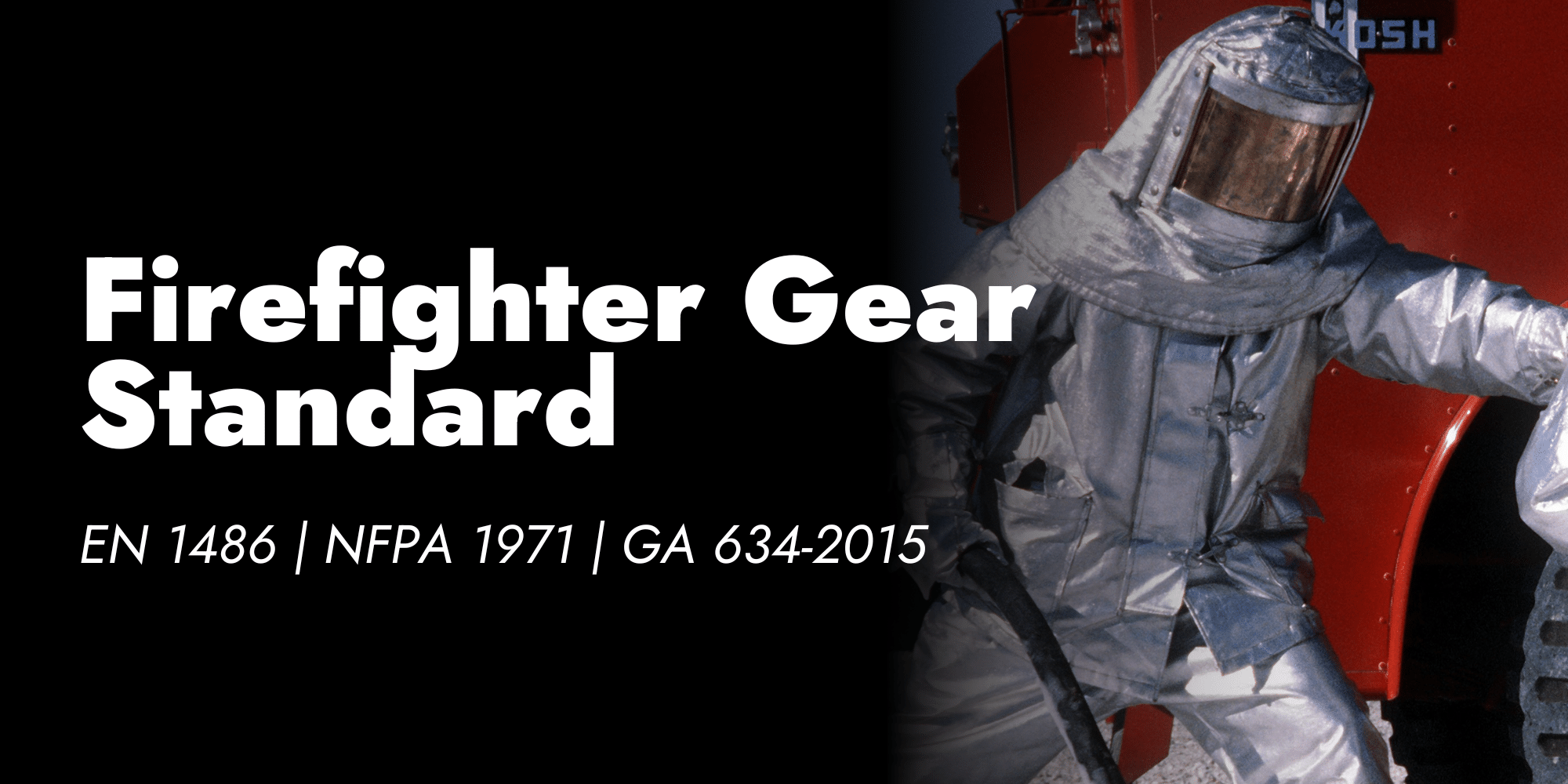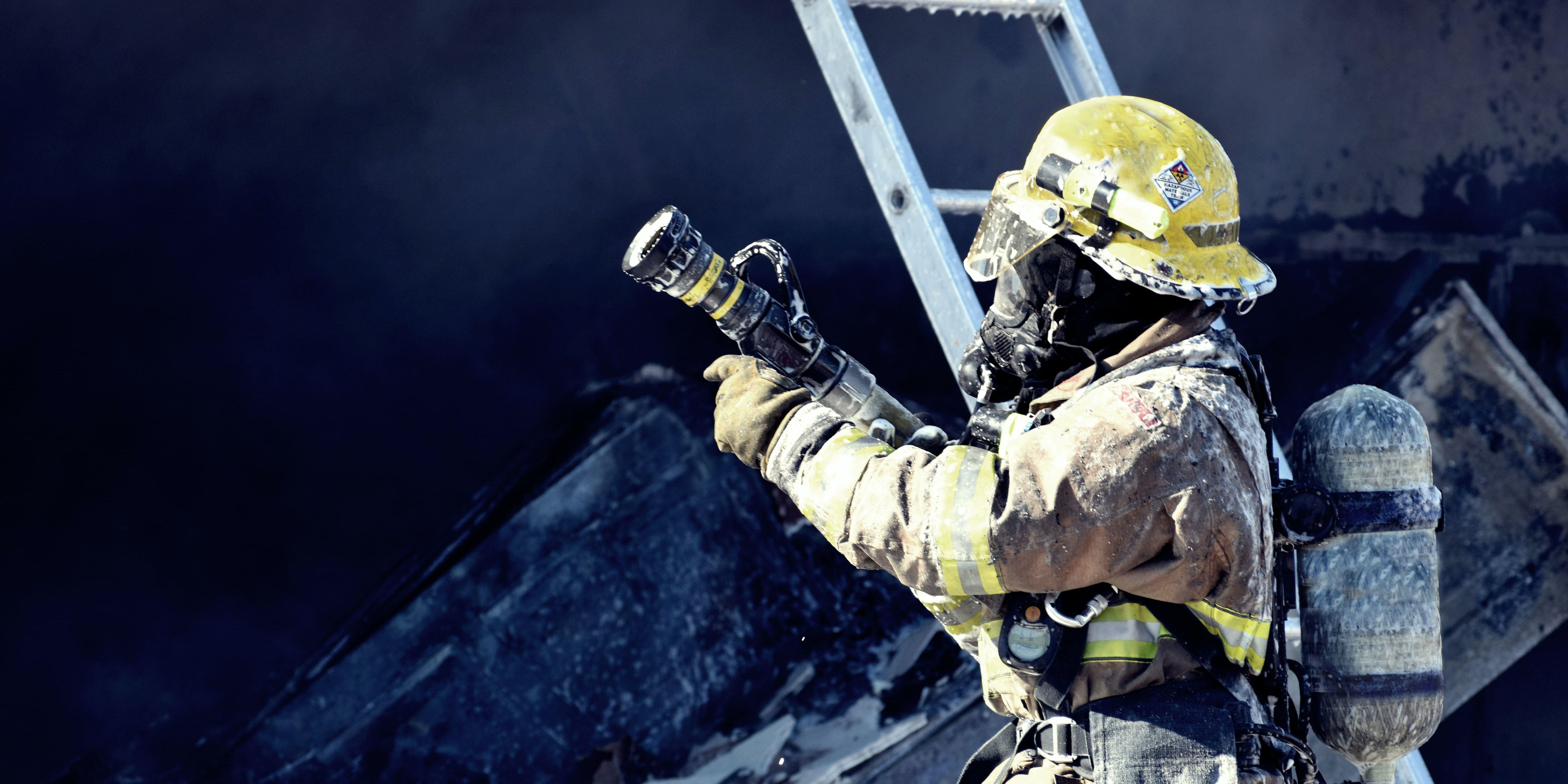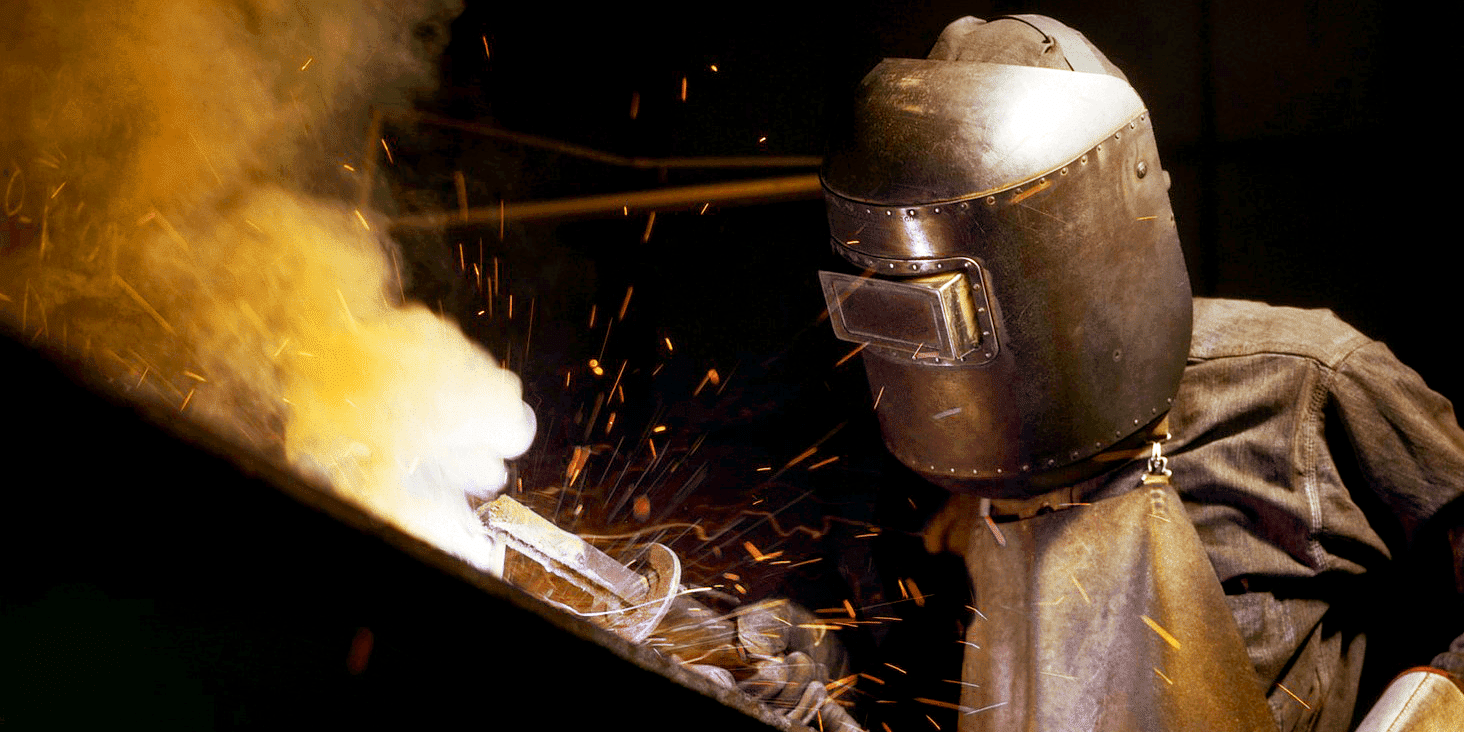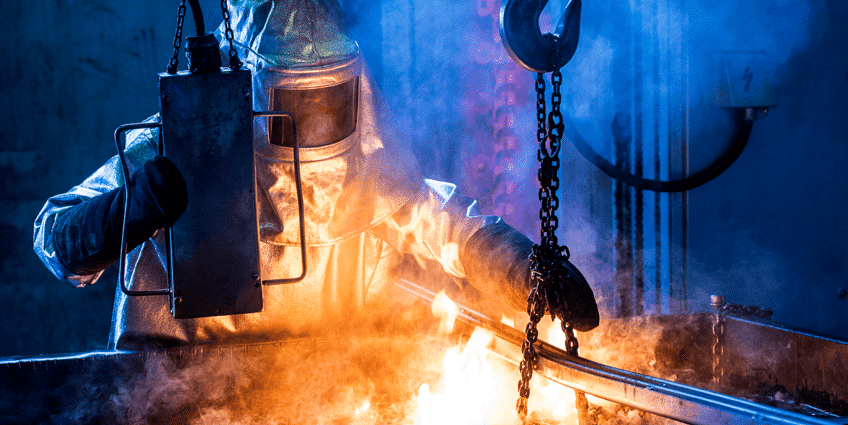Современное состояние пожаротушения в КитаеПомимо дымовых интоксикаций, ожоги относятся к наиболее распространенным травмам человека во…

Comparison between EN 1486, NFPA 1971 and GA 634-2015 standards
EN 1486, NFPA 1971 and GA 634-2015 standards are the certifications that manage the personal protective equipment (PPE) against high temperatures, radiant heat, metal splashes, etc. Heat protection PPE Industry is composed by two applications:
- Fire fighting
- Industrial PPE
There are many risks related to molten metal splashes, radiant heat and flames. That is why PPEs are qualified by standards. There is a classification in function of the gravity of the risk.
In fact, to attribute a standard to a product, a battery of tests is needed in order to prove and warranty its efficiency.
The Firefighter PPE Industry use mainly three major standards. Due to the different requirements of every country, there are some differences between standards. Despite the fact they are used in the same sector, criteria may vary depending on the location.
NFPA 1971
Standard on Protective Ensembles for Structural Fire Fighting
and Proximity Fire
Applied in North America & South America area.
The 3 main tests are:

|

|

|
EN 1486
Protective Clothing for Firefighters
Test methods and requirements for reflective clothing for specialized fire fighting.
Applied in European area.
The 3 main tests are:

|

|

|
GA 634
Protective Clothing for Proximity Fire Fighting
Outer layer performance requirement.
Applied in China
The 3 main tests are:

|

|

|
List of the tests for each standard:
EN 1486: Protective Clothing for Fire-Fighters.
It is applied in Europe:
- Flame Propagation
- Radiant Heat
- Convective Heat
- Contact Heat
- Heat Resistance
- Surface wetting
- Tensile strength
- Tear strength
- Shrinking Resistance
NFPA 1971: Standard on Protective Ensembles for Structural Fire Fighting
and Proximity Fire Fighting.
It is applied in North and South America:
- Flame Resistance
- Radiant Protective Performance
- Heat and Thermal Shrinkage Resistance
- Water Absorption Resistance
- Tear Resistance
- Flex at Low Temperature
- Liquid Penetration Resistance
- Adhesion after Wet Flex
- Wet Flex
- Thermal Protective Performance (TPP)
- Water Penetration Resistance
- Resistance to High Temperature insulation
GA 634-2015: Protective Clothing for Proximity Fire Fighting
(Outer layer performance requirement).
It is applied in China:
- Fire retardant ability
- Radiant heat resistance
- Thermal stability performance
- Tensile strength
- Tear strength
- Peeling strength
- Anti-hydrostatic performance
- Bending behavior
- Overall thermal protective performance


